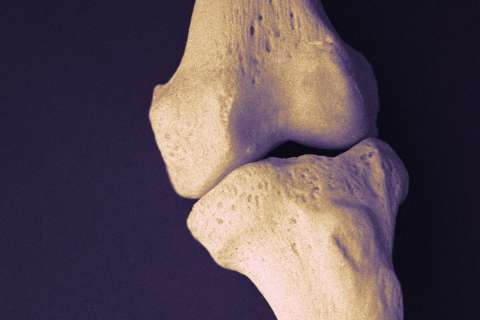Dear Doctors: At my last checkup, it turned out my body fat percentage has gone up quite a bit. I was surprised because I haven’t gained weight. I’m a 66-year-old woman, I walk at least a mile every day and I play tennis. My doctor says I should start lifting weights, too. Can’t I just do longer walks?
Dear Reader: Although we rely on the readings from the bathroom scale to let us know if we’re edging up and away from a healthy weight, those are not the only important numbers.
Another metric of health and well-being is body fat percentage. That’s the measure of how much of your body is made up of lean muscle mass and how much is fat. That’s important to know because having a high proportion of body fat has been linked to a range of adverse health effects. These include an increased risk of developing poor blood sugar control, Type 2 diabetes, high blood pressure, cardiovascular disease, certain inflammatory conditions and certain cancers.
And, as you have recently discovered, an increase in body fat percentage can occur quietly, without a corresponding change in weight. This is particularly true in older adults, who undergo a series of metabolic changes as part of the aging process. For older women who have gone through menopause, an increase in body fat and a corresponding decrease in lean muscle mass is a common challenge. And because muscle is metabolically more active than fat, the loss of lean muscle mass decreases the metabolic rate. Over time, this leaves the individual increasingly vulnerable to additional weight gain.
Walking and playing sports like tennis have many health benefits. It’s great that these are part of your daily life, and we hope you will continue. However, neither will help build muscle mass as effectively as the weight-training program that your doctor has recommended. Working with weights will also help to maintain and strengthen your existing muscles. That’s important because staying strong plays a key role in maintaining agility and balance. It also helps protect against falls.
When it comes to the specifics of a weight-training program, you have a number of choices. One type of resistance training uses either weight machines or free weights. Other options include using resistance bands and weight-bearing exercises such as pushups, lunges or squats.
It is highly recommended that newbie weight trainers of all ages get started with either an instructor or a group class. That assures you’ll use proper technique and address all of the important muscle groups. Many Medicare supplement plans include discounted or free gym memberships. Senior centers and the local YMCA often offer weight-training classes targeted at older adults. Whatever option you choose, it’s a good idea to let your doctor know you’re moving forward with their advice.
(Send your questions to [email protected], or write: Ask the Doctors, c/o UCLA Health Sciences Media Relations, 10960 Wilshire Blvd., Suite 1955, Los Angeles, CA, 90024. Owing to the volume of mail, personal replies cannot be provided.)





